Anxiety Disorders and Treatment: Understanding the Causes and Solutions
Anxiety disorders are a common mental health issue that can affect anyone, regardless of age, gender, or lifestyle. According to the National Institute of Mental Health, approximately 19.1% of adults in the United States experienced an anxiety disorder in the past year. Anxiety disorders are characterized by excessive and persistent feelings of worry, fear, or unease, which can interfere with daily life and activities. In this article, we will discuss the different types of anxiety disorders, their causes and risk factors, symptoms, diagnosis, and the various treatment options available.
Types of Anxiety Disorders
There are several types of anxiety disorders, each with its own set of symptoms and characteristics. Some of the most common types of anxiety disorders include:
- Generalized Anxiety Disorder (GAD): This is characterized by excessive worry about everyday life events, such as work, school, and family matters.
- Panic Disorder: This is characterized by sudden and unexpected panic attacks, which can be accompanied by physical symptoms such as chest pain, dizziness, and shortness of breath.
- Social Anxiety Disorder (SAD): This is characterized by intense fear or anxiety in social situations, such as public speaking, meeting new people, or attending social gatherings.
- Specific Phobias: This is characterized by an intense and irrational fear of specific objects, situations, or activities, such as heights, spiders, or flying.
- Obsessive-Compulsive Disorder (OCD): This is characterized by intrusive thoughts, images, or impulses (obsessions), which are followed by repetitive behaviors or mental acts (compulsions) aimed at reducing anxiety.
- Post-Traumatic Stress Disorder (PTSD): This is characterized by intense and disturbing thoughts, feelings, and reactions following exposure to a traumatic event, such as war, natural disasters, or assault.
Causes and Risk Factors
The causes of anxiety disorders are not fully understood, but they are believed to be influenced by a combination of genetic, environmental, and neurological factors. Some of the common risk factors for anxiety disorders include:
- Family history of anxiety disorders or other mental health issues
- Traumatic life events, such as abuse, neglect, or loss
- Chronic stress or exposure to stressful situations
- Substance abuse or withdrawal
- Chronic medical conditions, such as chronic pain or heart disease
Symptoms of Anxiety Disorders
The symptoms of anxiety disorders can vary depending on the type and severity of the disorder. Some of the common symptoms include:
- Excessive worry or fear
- Restlessness or irritability
- Difficulty concentrating or sleeping
- Muscle tension or body aches
- Avoidance of situations or activities that trigger anxiety
- Panic attacks, including rapid heart rate, sweating, and shortness of breath
Diagnosis of Anxiety Disorders
Diagnosis of anxiety disorders typically involves a comprehensive assessment of the patient’s symptoms, medical history, and family history. The assessment may include questionnaires, interviews, and physical exams. The healthcare provider will also conduct a differential diagnosis to rule out medical conditions that may cause similar symptoms.
Treatment of Anxiety Disorders
The treatment of anxiety disorders typically involves a combination of medication, psychotherapy, and self-help strategies. Some of the common treatment options include:
- Medications: Antidepressants, benzodiazepines, and beta-blockers are commonly used to reduce anxiety symptoms.
- Psychotherapy: Cognitive-behavioral therapy (CBT), exposure therapy, and relaxation techniques can help patients manage their symptoms and cope with anxiety triggers.
- Complementary and alternative therapies: Mindfulness, yoga, and acupuncture are alternative therapies that can help reduce anxiety symptoms.
- Self-help strategies: Exercise, healthy eating, and stress management
